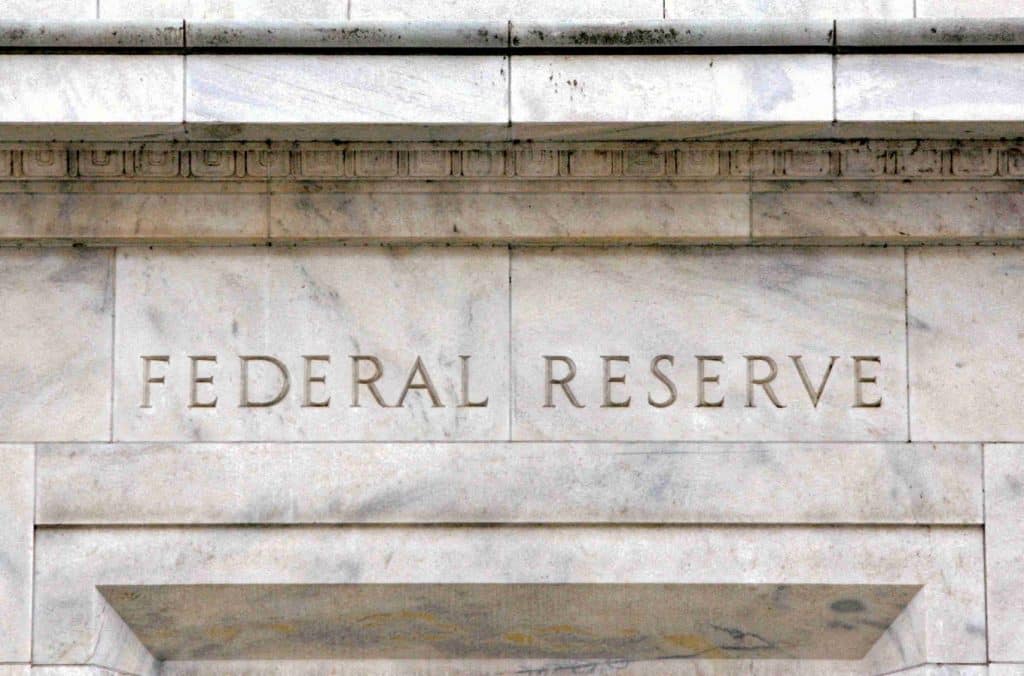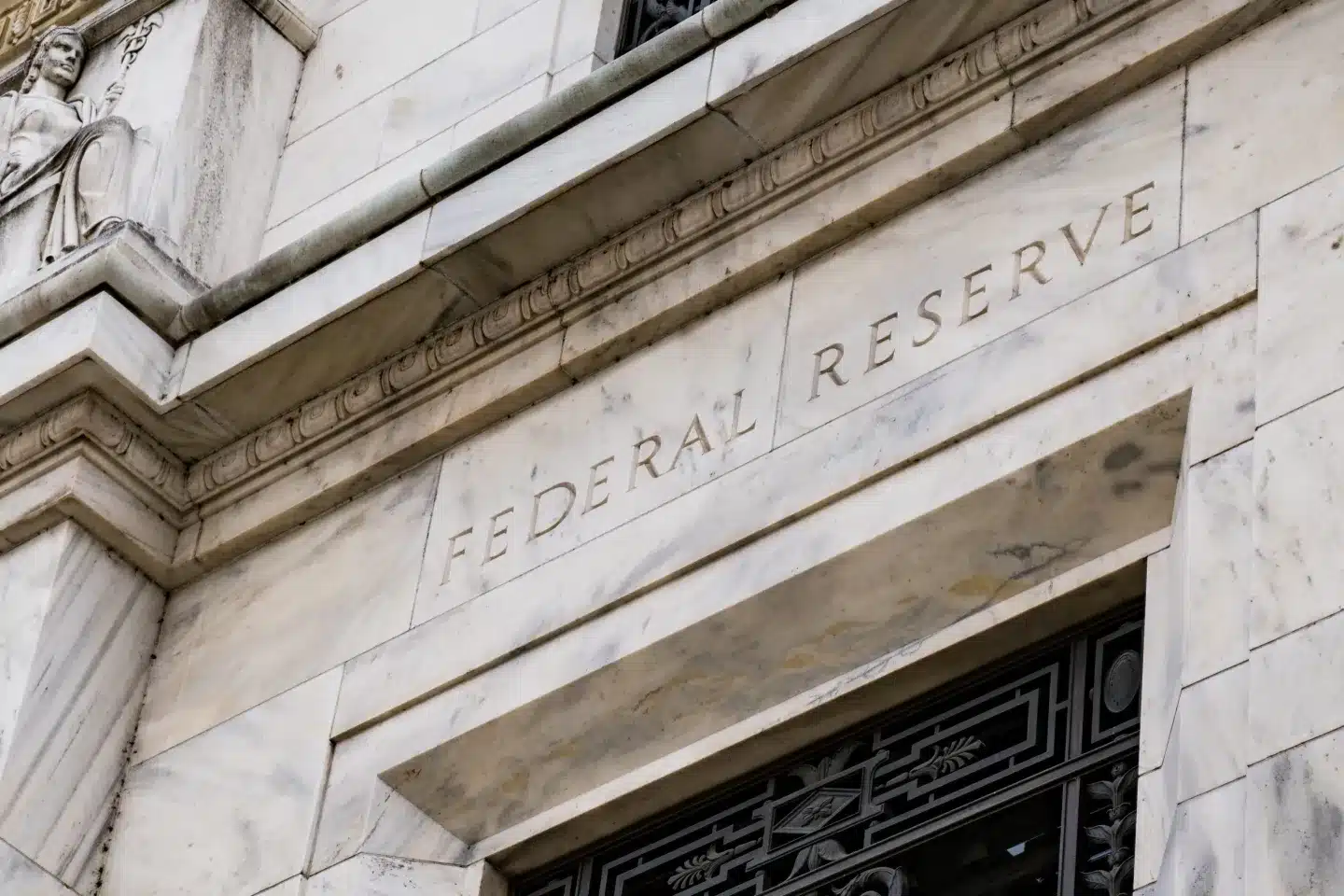The decisions made by central banks, especially institutions like the Federal Reserve (often referred to as the Fed), play a crucial role in shaping personal finance landscapes. Understanding how these decisions impact aspects such as interest rates, inflation, and economic stability can empower individuals to make informed financial choices.
Learning to navigate this complex relationship between monetary policies and personal finance is essential in today’s global economy. The Fed is constantly assessing the economic environment, making necessary adjustments to maintain a balance that stimulates growth while controlling inflation. Their decisions ripple through the financial system, affecting everything from the interest rates on loans to the returns on savings accounts.
The influence of central banks on personal finance

Central banks have the authority to enact monetary policy, essentially dictating the cost and availability of money in the economy. Through instruments like interest rates and quantitative easing, they influence how much cash flows through the system. The Fed, for example, can increase interest rates to cool down an overheating economy or lower them to encourage borrowing and investing during a slowdown.
The effects of these actions are felt keenly in personal finance. For instance, when the Fed adjusts interest rates, it causes a chain reaction that influences mortgage rates, credit card interest, and even the returns on investment products. A rise in rates might lead to higher loan costs, prompting individuals to rethink borrowing for big purchases.
Monetary policy and interest rates
Interest rates are a primary tool used by central banks to steer the economy. By manipulating these rates, they impact borrowing costs and incentives to save, directly affecting consumer behavior. For example, higher interest rates generally lead to higher borrowing costs, reducing spending and slowing economic growth. Conversely, lower rates can encourage spending and investment.
When the Fed predicts inflation will rise above target levels, it may increase the federal funds rate to prevent excessive borrowing and spending. This move discourages consumers from taking new loans, thus cooling off inflationary pressures. On the personal finance front, this increases monthly payments on variable-rate debts like credit cards and adjustable-rate mortgages.
The Fed’s impact on inflation
Inflation control is another key area where the Fed’s decisions can substantially affect personal finance. High inflation reduces purchasing power, meaning your money doesn’t stretch as far as it used to. The Fed employs various tools to manage inflation, including altering interest rates and engaging in market interventions. When inflation runs high, the Fed might increase interest rates to dampen consumer and business spending. This helps to gradually bring prices down but can lead to tighter financial conditions for individuals.
As price levels are tempered, the overall cost of living stabilizes, affecting everyday expenses like groceries, fuel, and housing. On the flip side, when inflation is low, a central bank might pursue policies to stimulate spending. This can be beneficial as it encourages economic activity, but over-stimulation can lead to asset bubbles, where investments such as real estate become overly expensive due to excessive demand.
Preparing for central bank decisions
Anticipating central bank moves requires staying informed about economic indicators and reports released by institutions like the Fed. Economic forecasts, employment statistics, and inflation rates are critical data points that guide central bank policymakers. Understanding these reports can provide insights into what actions may be on the horizon.
Regularly consulting economic news and updates enhances understanding and provides a proactive approach to personal finance management. Moreover, diversifying investments is a prudent strategy to mitigate the risks associated with central bank actions. By spreading capital across various asset classes, investors can buffer against volatility that might arise from unexpected policy changes.
Adapting financial strategies
Given the potential for abrupt changes in central bank policies, flexibility is a vital component of financial strategy. Building an emergency fund imbues individuals with a financial cushion, allowing them to withstand shifts in interest rates or unexpected economic downturns without resorting to high-interest credit solutions. Individuals should consider adopting conservative spending practices during periods of Fed intervention to protect against unforeseen spikes in living costs.
By reducing discretionary spending, people can cushion the impact of economic fluctuations on their wallet. Engaging in regular review and adjustment of financial plans ensures they remain aligned with economic realities. This proactive approach, coupled with guidance from financial professionals if needed, enables individuals to respond swiftly and strategically to central bank decisions and the ensuing economic climate.
Long-term planning in a dynamic environment
In a global economy subject to rapid changes, long-term planning must account for the possible impacts of central bank policies over time. This involves maintaining an investment portfolio that accounts for growth and income fluctuations, focusing on both stability and potential returns through varying economic conditions. Setting long-term goals that are flexible enough to adapt to shifts in interest rates and inflation is essential.
Situations like a sudden rise in rates might prompt reevaluation of saving strategies or recalculation of retirement goals to ensure they remain achievable despite economic changes. Ultimately, understanding the interplay between central banks, like the Fed, and personal finance enables a more informed, resilient approach to financial planning.

